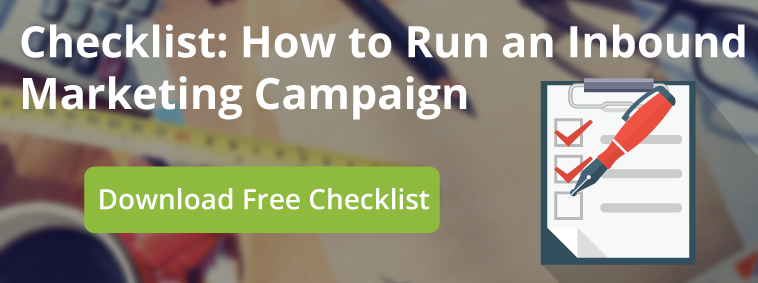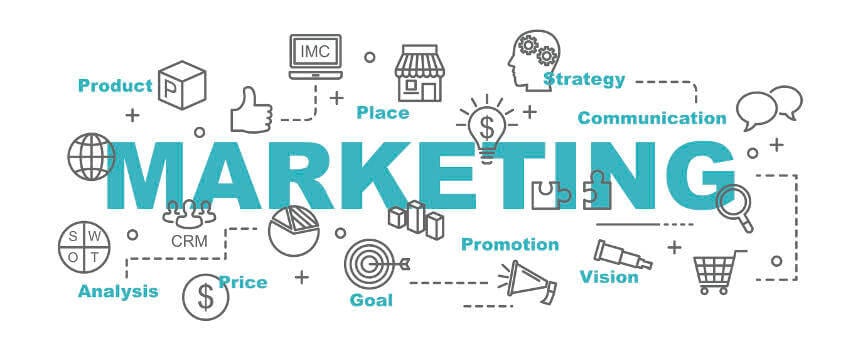Although they have different meanings, the terms marketing and advertising are often used interchangeably. As marketing industry professionals, this is troubling to us. It’s hard for agencies and clients to communicate when there’s some confusion as to what each term means, so let us clear them up.
How do Marketing and Advertising Differ?
Before digging into specific differences between marketing and advertising, we’ll get the boring definitions out of the way. According to Merriam-Webster:
- Advertising is the action of calling something to the attention of the public especially by paid announcements
- Marketing is the process or technique of promoting, selling, and distributing a product or service
But it’s easy to confuse the two based on those definitions alone.
Marketing includes the process of strategizing, implementing and monitoring business activities that establish communication between buyers and sellers. This communication doesn’t necessarily have to be a sales pitch, just contact between a company and its target audience.

Advertising is just one form of marketing communication. It involves the purchase of ad space to promote a product, service or message.
If you’re anything like us, perhaps a food comparison will provide clarification: say your business’ marketing plan is a pie. Advertising is just one slice of that pie. Depending on your budget, it might be a large slice, but it’s still just one. Other slices may include branding, market research and product/service development.
Examples of Modern-Day Advertising and How they Fit into Marketing Strategies
Social Media
With billions of users worldwide, it’s not surprising that social media has become integral to marketing and advertising. Most social media platforms offer businesses the opportunity to place their message in front of a targeted audience for a fee.
Social media advertising may be a part of a business’ comprehensive social media marketing plan, which may include organic and sponsored posts.
Pay Per Click
The term search engine marketing is slightly misleading, because it’s actually paid advertising. It refers to bidding for top spots on search engine results pages based on specific keywords. When somebody searches for those keywords, your ad is triggered. When they click it, you are charged. Hence the term “pay per click.”
Pay per click ads are used to improve the way businesses use search engines to increase the visibility of their website. Keyword research and organic SEO may also fit into this plan.

Mobile
When consumers research businesses on their smartphones, about 50 percent of them end up visiting a store. This makes mobile advertising a wise investment for any business, particularly those that rely heavily on foot traffic.
But mobile advertising does not (or should not, at least) be the only thing in a business mobile marketing plan. It should also include mobile-friendly website design and responsive email marketing templates for maximum efficiency.
Is the difference between marketing and advertising a bit clearer now? Remember, any time a business buys media space in order to promote a product, service or message, they’re engaging in advertising. That bit of advertising is just one part of their larger marketing plan.


